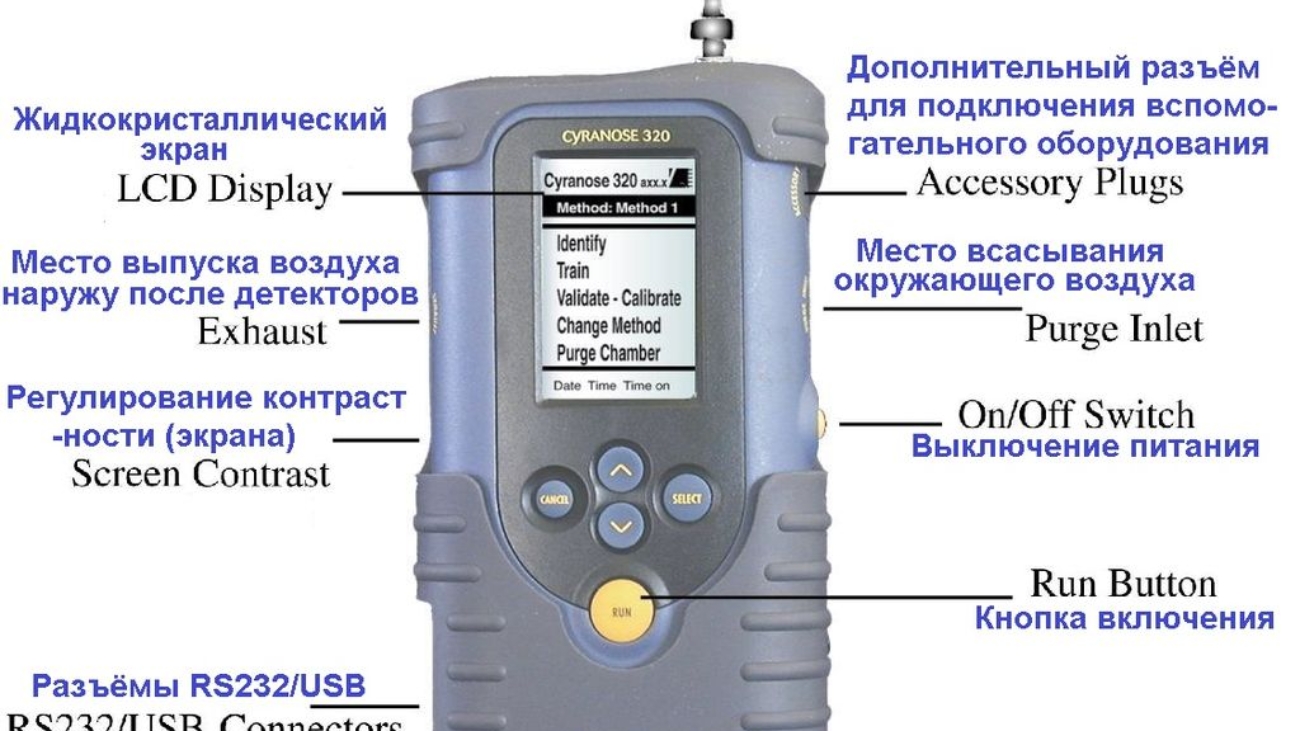Since vapour pressure is very dependant of temperature as is also the equilibrium constant K, I fear that when operating the Cyranose as an analytical tool in a production unit (e.g. sampling during a distillation of a chemical for the perfume industry), one might get different results during winter time (e.g. -100C) then during summer time (+200C).
Can anyone tell me what the effect of temperature on the response of the sensors is? Also bear in mind that electrical resistivity is temperature dependant (although not so important in comparison with the effect on vapour pressure). What is the advised temperature window to use the Cyranose in, after the machine has been calibrated? Does one need thermostated samples to get accurate results? Thanks in advance for your answer Stefan Vandenberghe — Stefan Vandenberghe, July 10, 2000
Answers
The substrate is thermostatted at a constant temperature to eliminate temperature effects of the electrical resistivity of the detectors and the partition coefficients for detector-vapor interactions. These partition coefficients are independent of gas temperature over the specified operating range of 0-40 degrees Celsius since the substrate temperature is the dominant temperature for the thermodynamics of the detector-vapor interaction. (Note that detector response varies by approximately 3% per degree Celsius when the substrate temperature changes.)
Even though gas (or sample) temperature does not affect the partition coefficients for detector-vapor interactions, sample temperature can affect the composition and/or total concentration of the sample headspace. Sample temperature can have such an effect since partition coefficients for vapor-liquid (or vapor-solid) equilibrium are dependent on sample temperature—the dominant temperature for headspace generation for the sample. For single component systems, sample temperature only affects total concentration, and changes in total concentration can typically be corrected by response normalization during digital signal processing. For mixtures, sample temperature affects composition as well as total concentration. Since sample temperature affects composition, a model built at one sample temperature may not be valid for another sample temperature. The user typically has three choices for dealing with variations in sample temperature: Control sample temperature as part of the standard operating procedure. Build a model at one value of sample temperature (preferably, the nominal temperature), and qualify the model at extreme values of sample temperature with known samples. Build a model that includes all sample temperatures that are expected in the field.
It is difficult to recommend a window of sample temperature over which a model will remain valid since the size of the temperature window depends on the application, the pattern recognition algorithm, and the allowable levels of type I and type II errors. It is recommended that the user perform robustness and ruggedness tests on the model to understand and, if necessary, eliminate the effects of sample temperature. Here are a a few on-line references for testing the robustness and/or ruggedness of a model during method validation: Robustness/Ruggedness Tests (click on Method Validation in the left window to access the document) Fitness for Purpose of Analytical Methods — Mike Vicic, July 11, 2000
